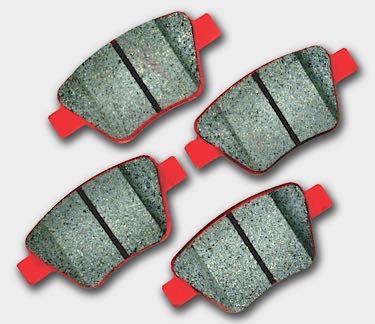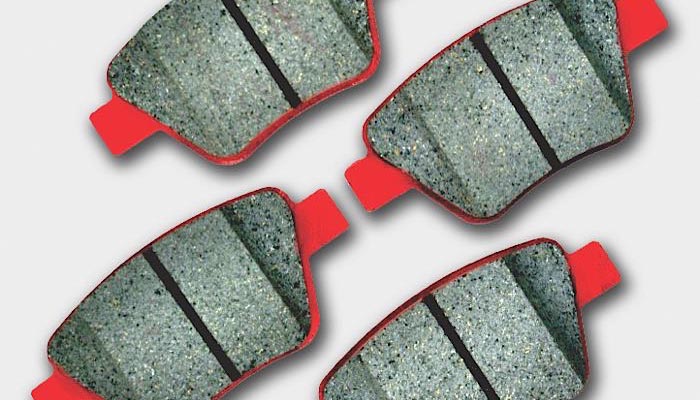 There are many opinions on bedding. Some manufacturers say it is not needed while others say it is an absolute necessity. Bedding is a process by which a thin layer of friction material from a set of new brake pads gets transferred to the rotor surface. This practice that many professionals let slip by can help improve the performance and quality of any brake job.
There are many opinions on bedding. Some manufacturers say it is not needed while others say it is an absolute necessity. Bedding is a process by which a thin layer of friction material from a set of new brake pads gets transferred to the rotor surface. This practice that many professionals let slip by can help improve the performance and quality of any brake job.
Rotors are treated with an anti-corrosion layer when packaged. Washing rotors thoroughly and removing any debris is a critical part of prepping. Once installed, the brake pads and rotors need to be married. Initially the pedal may feel soft when the surfaces are both “finished.” By performing the bedding process, the two components marry and start working together as a whole, delivering the proper stopping power. Proper bedding has a multitude of advantages from improving the service life of pads and rotors as well as a firm pedal feel, to eliminating chances of brake judder issues as well as unwanted brake harmonics.
The vehicle has to be test driven to assure proper functionality before being handed over to the customer. Performing this process should be a part of the test drive and help deliver a brake service which performs well and has the least amount of chances for comeback.
Courtesy of Asimco














